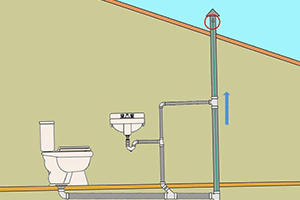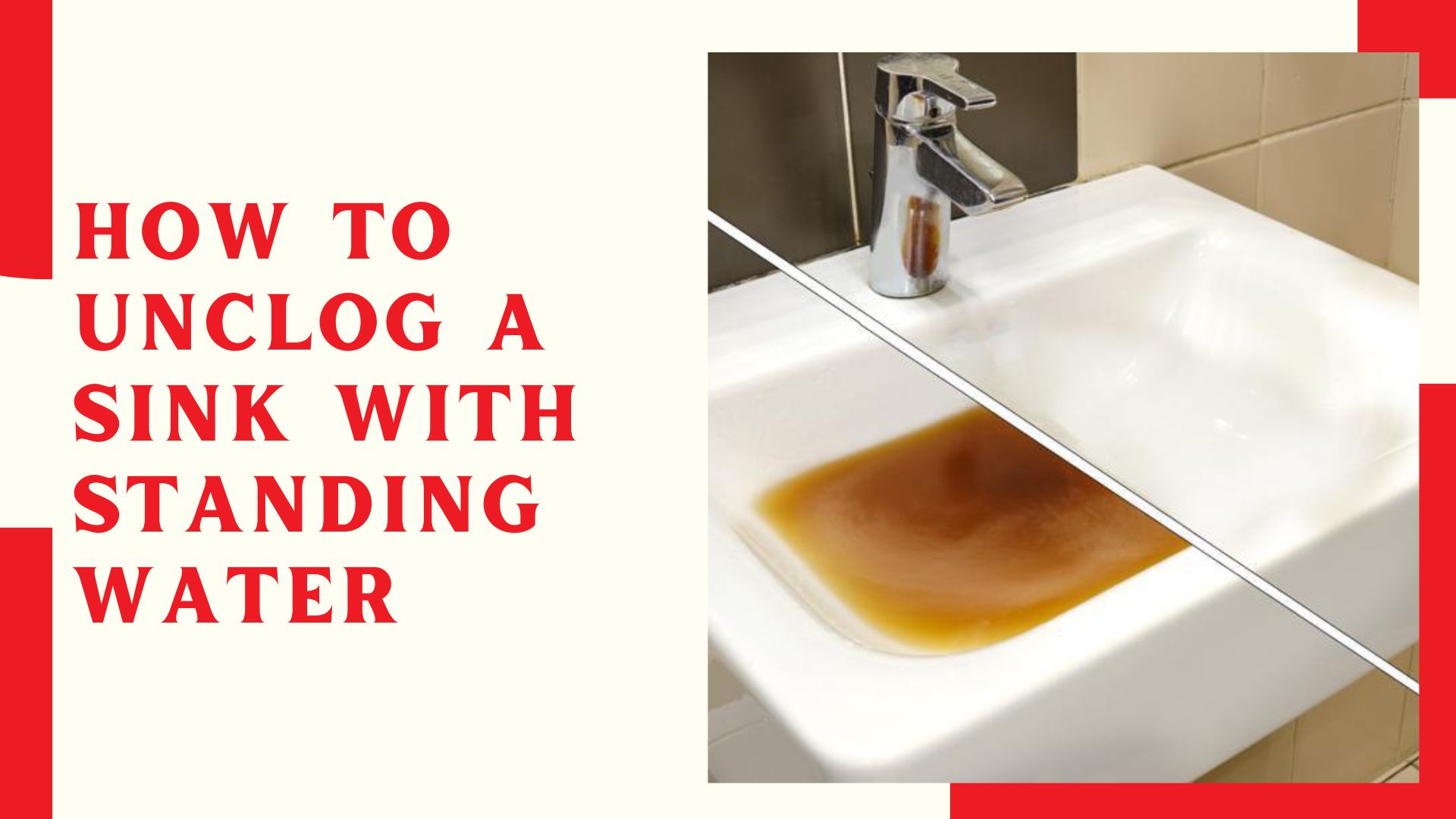A smoothly functioning plumbing system is a vital component of any household or commercial space. However, even the most well-designed plumbing systems can face issues, and one common problem is a clogged plumbing vent. When this vent becomes obstructed, it can lead to a range of symptoms that indicate underlying problems. Understanding these symptoms is essential for timely detection and resolution of clogged plumbing vent issues.
Slow Draining Fixtures:
One of the earliest signs of a clogged plumbing vent is slow draining fixtures such as sinks, showers, or toilets. When the vent is blocked, it disrupts the smooth flow of air and water through the pipes, causing drainage to slow down. Initially, you may notice minor delays in water drainage, but if left unaddressed, the problem can escalate, leading to complete blockages and potential water damage.
Gurgling Noises:
A clogged vent restricts the release of air, causing it to become trapped and creating pressure fluctuations. These disturbances manifest as audible gurgling sounds when water is being drained from fixtures. Ignoring these noises can result in further complications, including backups and leaks.

Foul Odors:
A properly functioning plumbing vent allows sewer gases to escape safely outside the building, preventing foul odors from permeating indoor spaces. However, when the vent is obstructed, these gases may be forced back into the property, leading to unpleasant smells emanating from drains or plumbing fixtures. Persistent odors often indicate a significant vent blockage that requires immediate attention to avoid health hazards and discomfort.
Water Backup:
As a clogged plumbing vent disrupts the natural flow of water and air within the system, it can cause water backup in sinks, toilets, or shower drains. Initially, you may notice minor instances of water backing up, but if the obstruction worsens, it can lead to more severe backups and potential flooding. Addressing the underlying vent blockage is crucial to prevent extensive water damage and costly repairs.
High Water Bills:
Unexpectedly high water bills could be a subtle indication of a clogged plumbing vent. Monitoring water consumption patterns can help identify potential plumbing issues early on, including vent blockages that may be contributing to excessive water usage and associated costs.
Vent Pipe Blockage:
Regularly inspecting the vent pipe for any blockages is important to prevent any potential damage to the plumbing system. Obstructed vent pipes can cause significant issues and should be identified and resolved before they become serious. Keep an eye out for visible signs of vent pipe blockage, such as debris or nesting materials, on the roof or exterior walls of the building. By doing so, you can ensure that your plumbing system is functioning smoothly and efficiently.

Clearing any debris or blockages from the vent pipe can restore proper airflow and alleviate symptoms associated with vent obstruction.
Conclusion
Early detection and prompt resolution of vent blockages can help prevent extensive damage, water backups, and foul odors within the property. If you notice any of the aforementioned symptoms, consult a professional to identify and address the underlying issues effectively.



